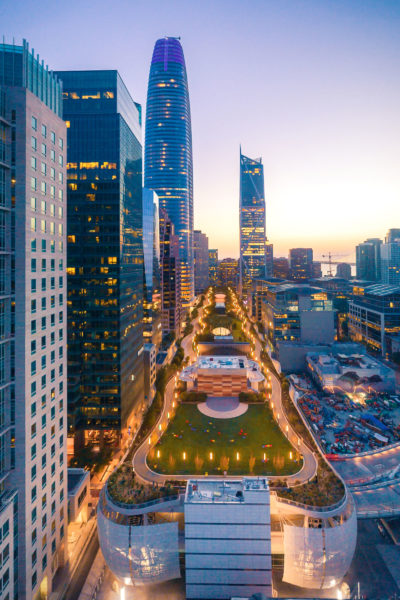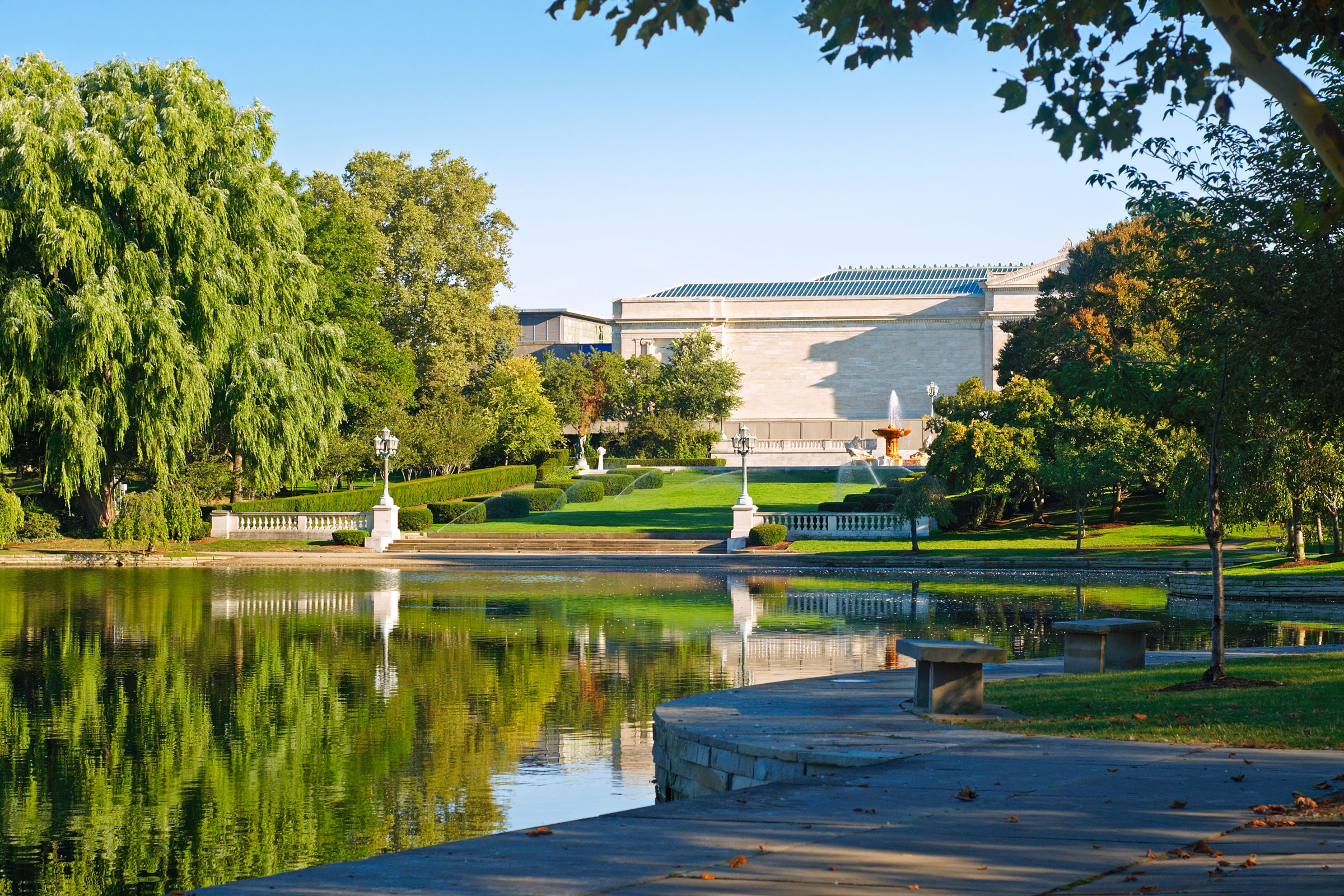Story at a glance:
- GCP recently joined the Saint-Gobain family and their goal to be net zero by 2050
- GCP maintains a long list of EPDs and Declare Labels and is working on HPDs for all of its products and to achieve Declare Labels for remaining products.
- Where applicable the company works with its third-party party suppliers and raw materials manufacturers to find replacements for Red List materials.
If GCP says something is sustainable, they have the data to back it up, including HPDs, Declare labels, and EPDs. Without independent verification, they won’t say anything is “green or sustainable.” “I dislike those terms and we won’t participate in any sort of greenwashing,” says John Dalton, technical service manager – fire protection, at GCP.
These days the leading global provider of construction products is making its specialty construction chemicals and building materials even more sustainable. GCP recently joined the Saint-Gobain family and, as such, its goal to be net zero by 2050.
We recently caught up with GCP experts Dalton and Iltaz Alam, product manager – building envelope commercial, to explore how the company is moving its sustainability mission forward with innovative products that improve projects.
How is GCP improving sustainability of its building materials?
John Dalton: We have discovered with a number of our products over the years that a supplier is sending us materials that contain something on the Red List or is otherwise a bad actor when we are in the EPD, Declare, or HPD certification process. When that happens we have a choice. We can continue along that path and use it, we can modify it, or we can remove it.
For instance, we (in 2016) had a job with a major university and discovered a raw material supplier with an ingredient on the ILFI Red List. We went back to our third-party supplier and said, “We need you to find a way to supply us with raw materials that don’t have any Red List materials.” At the end of the day, if they didn’t get it for us, they were going to lose our work.
The push from my personal point of view is I’m a committed environmentalist, but I can’t just say, “I want you to do it because it’s better for the environment.” That’s not the tactic I use anymore; it was ineffective. Now it’s “If you don’t do it, we’ll find a supplier that will and you’re going to lose sales.” That makes them do it.
How does that compare to your competitors?
JD: At GCP we are creating the baseline for all the GWP (global warming potential). We already have the life cycle analysis (LCA) for most of our products, so we found out what was the biggest contributor of carbon, and we are slowly moving away from that raw material in one of our product lines.
Iltaz Alam: If I talk about 2017 and take the example of our waterproofing portfolio, we did the LCA of a couple of products and in 2022, after five years, we have repeated those two products and we have pivoted the baseline for several other waterproofing and air barrier products.
So now we have these LCAs, and with the acquisition by Saint-Gobain we have a target to go net zero by 2050. Saint-Gobain is spending $100 million every year to achieve these goals. One of the first things Saint-Gobain did is have our R&D teams work together. They have already started evaluating all these LCAs.
We are creating the baseline so we can identify what all the contributions are and change them to be the more sustainable solution. These Red List chemicals are also part of transparency—becoming very transparent to the customer about what is there and what is not.
What questions should be asked of competitors?
IA: Some are also doing a good job, but some are behind. The companies who are behind are not promoting a lot because maybe they don’t have EPDs or LCAs or Declare Labels. GCP is trying to educate its customers that this is very important.
But it’s not only GCP. You should ask this question of anyone whose product you are going to use—and that’s where the trend is going right now. Do you have an EPD or HPD?
GCP is promoting one-on-one meetings with our engineers, the architects, and those who are specifying our product. We say, “Here is the EPD for this GCP product. Do you know what the alternative material’s EPD looks like? What is the GWP of the material you are going to select?” Even if it’s a one-kilogram carbon difference, have you determined how that is going to affect the LEED points for your overall project?
How many GCP products are made in the US?
IA: We are also following the Made in America policy. More than 99% of our products are made locally, and that is contributing to the lower carbon footprint of our products.
How is GCP pushing the industry forward?
JD: We developed the product category rules (PCR) for the EPD. We were the first company in both the waterproofing and the fireproofing spaces to develop a product category. Pleased to say that we worked with our competition—I think it’s 80% of the market that you need in order to create a PCR. We took the lead and worked with ASTM (American Society for Testing and Materials) in both instances to create product category rules that now the industry is following.
In addition to reducing Red List materials and trying to get materials sourced locally, we are looking at various ways to dramatically raise the recycled content in our products.
What else makes a project more sustainable?

The problem: An asphalt-based fabric for below-grade waterproofing could not cure under the adverse jobsite conditions. The $4.185 billion project had plunged two-and-a-half months behind schedule. GCP’s PREPRUFE—a pre-applied, zero-cure waterproofing membrane—was brought in as a solution. By taking curing off the table they were able to expedite the schedule and save the SF Transbay Transit Center project. Photo courtesy of GCP
IA: Let’s consider a waterproofing project. These GCP products are used on a project where the design life is more than 50 years, more than 75 years, and even up to 100 years. We are providing the information to our customers about how GCP products are durable. And that means you are putting less material into the landfill. If you don’t have to replace your waterproofing for another 100 years or for the life of the structure, you are choosing a sustainable solution.
Most of the GCP products that are going to be used in a building for waterproofing, for example, or for fireproofing, are there for the life of the structure. They don’t need any replacement. They will last with the structure.
How will you achieve net zero?
JD: Transparency and being able to show that you’re doing what you say you’re doing is great. We have EPDs for plenty of our products represented—99.9% of what we sell. And we were very early. We worked with a consultant to come in and detail to us ways in which we could significantly reduce our global warming potential in five years, from 2017 to 2022. We reduced our GWP by 47% across the board in our fire protection product portfolio. We were pretty proud of that one.
We are also working on a several initiatives where we hope to reduce the global warming potential of products, making them more sustainable and assisting Saint-Gobain in their drive to be net zero by 2050.




